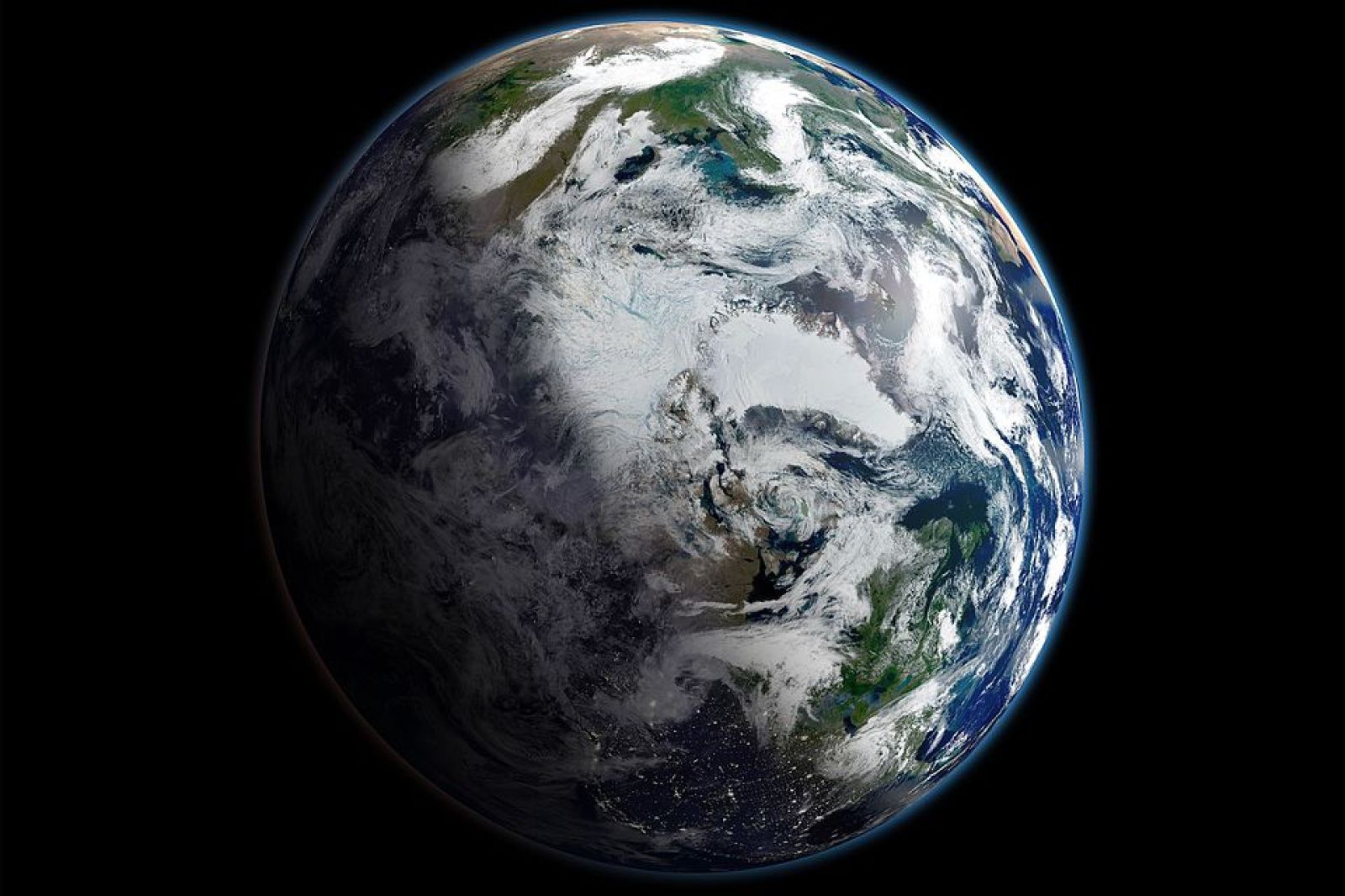Melting ice shifts the poles: what are the consequences? 🌍
Follow us on Google News (click on ☆)
The North and South Poles could shift by up to 27 meters (89 feet) by 2100, according to research published in Geophysical Research Letters. This phenomenon results from the redistribution of ocean mass caused by melting ice sheets, thereby influencing Earth's rotational axis.
Simulations show that the North Pole could shift westward by over 27 meters (89 feet) under the worst greenhouse gas emissions scenario. Even in a more optimistic scenario, the shift could reach 12 meters (39 feet). The melting of Greenland and Antarctic ice is identified as the primary factor.
The study highlights that human impact on pole displacement now exceeds that of post-glacial isostatic adjustments. The latter resulted from the rebound of Earth's crust after the melting of glaciers from the last ice age.
Such a shift in the rotational axis could complicate satellite and spacecraft navigation. Scientists use this axis as a reference to locate objects in space, and its movement could make this task more challenging.
Researchers plan to study paleoclimate data to compare past pole displacements with those observed today. This would help better assess human influence on this natural phenomenon.
This study sheds light on a lesser-known aspect of climate change: its impact on Earth's rotation and the potential consequences for space technologies. The findings call for reflection on the scale of our planetary footprint.
How does melting ice influence Earth's rotational axis?
Melting ice redistributes water from polar ice caps into the oceans, altering Earth's mass distribution. This redistribution affects the rotational axis as Earth adjusts its spin to maintain dynamic balance.
Changes in mass distribution, such as those caused by melting ice, can trigger shifts in the geographic poles. This phenomenon is similar to how a gyroscope reacts to weight changes.
The study shows that human impact on this process is now more significant than natural post-glacial processes. This underscores the importance of human actions in large-scale geophysical changes.
What are the implications for space navigation?
Space navigation systems rely on fixed references, such as Earth's rotational axis, to determine spacecraft positions. A shift in this axis could therefore complicate the accuracy of these systems.
Satellites orbiting Earth use these references to maintain their trajectory and communicate their location. A change in the rotational axis would require constant adjustments to navigation calculations.
This situation could increase the risk of errors in space missions and necessitate the development of new technologies to compensate for these changes. Space agencies may need to revise their navigation protocols in the future.
